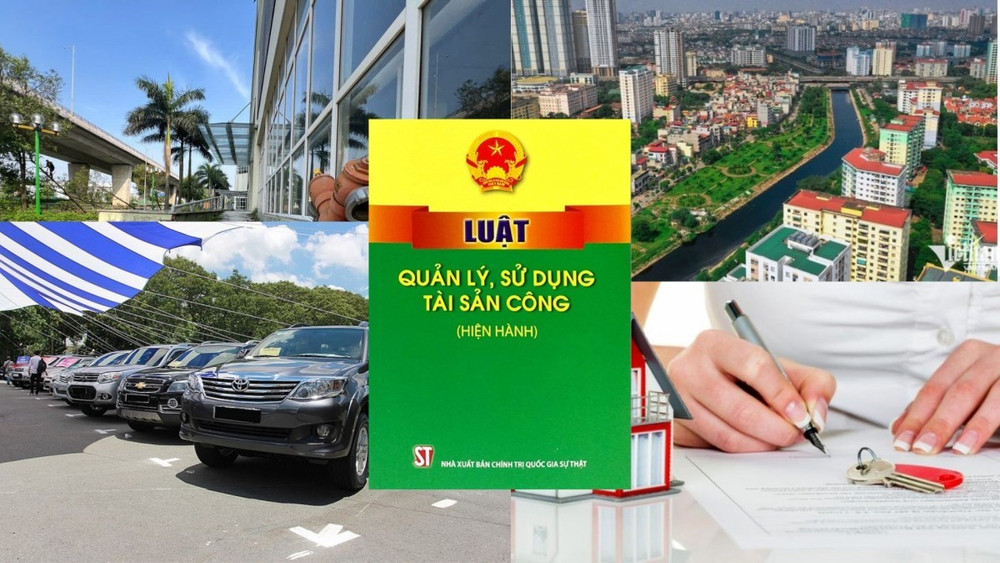Regulations on road safety corridor in Vietnam according to Decree 165
The following article will provide information on the regulations regarding road safety corridors in Vietnam according to Decree 165/2024/ND-CP.

Regulations on road safety corridor in Vietnam according to Decree 165 (Image from the internet)
On December 26, 2024, the Government of Vietnam issued Decree 165/2024/ND-CP detailing and guiding the implementation of certain articles of the Road Law 2024 and Article 77 of the Law on Road Traffic Order and Safety 2024.
Regulations on road safety corridor in Vietnam according to Decree 165
According to Article 11 of Decree 165/2024/ND-CP on road safety corridors:
- For roads outside urban areas, the width of the road safety corridor is calculated from the outer edge of the land used for road protection and maintenance outward on each side as follows: 17 meters for highways of grade I and grade II; 13 meters for grade III roads; 9.0 meters for grade IV and grade V roads; 4.0 meters for grade VI roads and roads of classes A, B, C, D, and other roads.
- The width of the road safety corridor within the scope of bridges (the area between the tail ends of the two bridge abutments) and the section of the road leading up to the bridge, as designed, is determined as follows:
+ For highway bridges outside urban areas, the width of the highway bridge safety corridor, calculated from the outermost edge of the land used to protect and maintain the bridge outward on each side, is as follows: 150 meters for bridges longer than 300 meters; 100 meters for bridges between 60 meters and 300 meters; 50 meters for bridges between 20 meters and less than 60 meters; 20 meters for bridges less than 20 meters long.
For the viaduct section not over a river, which is part of the road leading up to the main bridge crossing a river longer than 300 meters, the width of the bridge safety corridor, calculated from the land used for protection and maintenance, is no less than 50 meters;
In the case of viaducts (including overpasses over railways, road overpasses, high-level bridges alongside other roads, other viaducts, and bridge sections on approach roads outside the span between the two banks of a river overpass) on roads outside urban areas: the width of the bridge's road safety corridor is determined according to the road grades specified in clause 1, Article 11 of Decree 165/2024/ND-CP;
+ For bridges on roads in urban areas, the safety corridor by the width of the bridge for sections running on dry land, including those running on land portions not regularly submerged, and bridges crossing rivers, canals, which have no waterway transport activity, is calculated from the outer edge of the land used for protection and maintenance outward on each side 7.0 meters; the road section at the bridgehead is determined like the urban road safety corridor; for the remaining bridge sections, they are determined according to the provisions at point a of this clause;
+ In cases where the roadhead section range cannot be determined according to design, the roadhead section is calculated from the tail abutment outward along the bridge at not less than: 50 meters for bridges 60 meters and longer, 30 meters for bridges shorter than 60 meters.
- The width of the safety corridor for road tunnels is determined as follows:
+ For road tunnels outside urban areas, the road safety corridor for the tunnel is the land and water area surrounding the tunnel entrance calculated from the outer edge of the land used to protect and maintain the tunnel outward at 100 meters;
+ For road tunnels in urban areas, the road tunnel safety corridor is determined by design consultants in the design dossier based on ensuring the lasting safety of the tunnel and approved by the competent authority.
- The width of the safety corridor for ferry terminals and pontoon bridges is determined as follows:
+ Longitudinally: by the length of the road down to the ferry terminal or pontoon bridge;
+ Transversely: from the center of the ferry terminal or pontoon bridge outward on both the upstream and downstream sides is 150 meters.
- The width of the safety corridor for protective embankments and retaining walls is determined from the outer edge of the embankment or retaining wall outward as follows:
+ For erosion-preventing embankments and retaining walls to protect the roadbed, the safety corridor of the embankment is calculated from the start of the embankment or retaining wall and from the end of the embankment or retaining wall each upstream and downstream side each 50 meters; from the embankment foot or retaining wall outward toward the river 20 meters;
+ For water-flow regulating embankments and retaining walls, the safety corridor is calculated from the embankment foot or retaining wall each upstream and downstream side each 100 meters; from the edge of the embankment or retaining wall toward the bank 50 meters; from the embankment foot or retaining wall outward toward the river 20 meters;
+ For protective embankments and retaining walls not specified under points a and b of this clause, the safety corridor is determined according to the road safety corridor as stipulated in clause 1, Article 11 of Decree 165/2024/ND-CP.
- The width of the safety corridor for transverse road culverts is determined according to the road safety corridor stipulated in clause 1, Article 11 of Decree 165/2024/ND-CP and point b, clause 1, Article 15 of Road Law 2024.
- Key word:
- road safety
- road safety corridor
- Vietnam
- Cases of land rent exemption and reduction under the latest regulations in Vietnam
- Economic infrastructure and social infrastructure system in Thu Duc City, Ho Chi Minh City
- Regulations on ordination with foreign elements in religious organizations in Vietnam
- Increase land compensation prices in Vietnam from January 1, 2026
- Determination of land compensation levels for damage during land requisition process in Vietnam
- Who is permitted to purchase social housing according to latest regulations in Vietnam?
-

- Number of deputy directors of departments in Vietnam ...
- 15:04, 05/03/2025
-

- Cases ineligible for pardon in Vietnam in 2025
- 14:43, 05/03/2025
-

- Decree 50/2025 amending Decree 151/2017 on the ...
- 12:00, 05/03/2025
-

- Circular 07/2025 amending Circular 02/2022 on ...
- 11:30, 05/03/2025
-

- Adjustment to the organizational structure of ...
- 10:34, 05/03/2025
-
.Medium.png)
- Notable documents of Vietnam in the previous week ...
- 16:11, 02/04/2025
-
.Medium.png)
- Notable new policies of Vietnam to be effective ...
- 16:04, 02/04/2025
-
.Medium.png)
- Notable new policies of Vietnam effective from ...
- 14:51, 21/03/2025
-

- Notable documents of Vietnam in the previous week ...
- 16:01, 20/03/2025
-
.Medium.png)
- Notable new policies of Vietnam effective as of ...
- 16:50, 14/03/2025

 Article table of contents
Article table of contents
